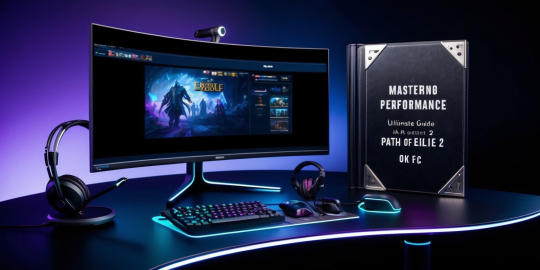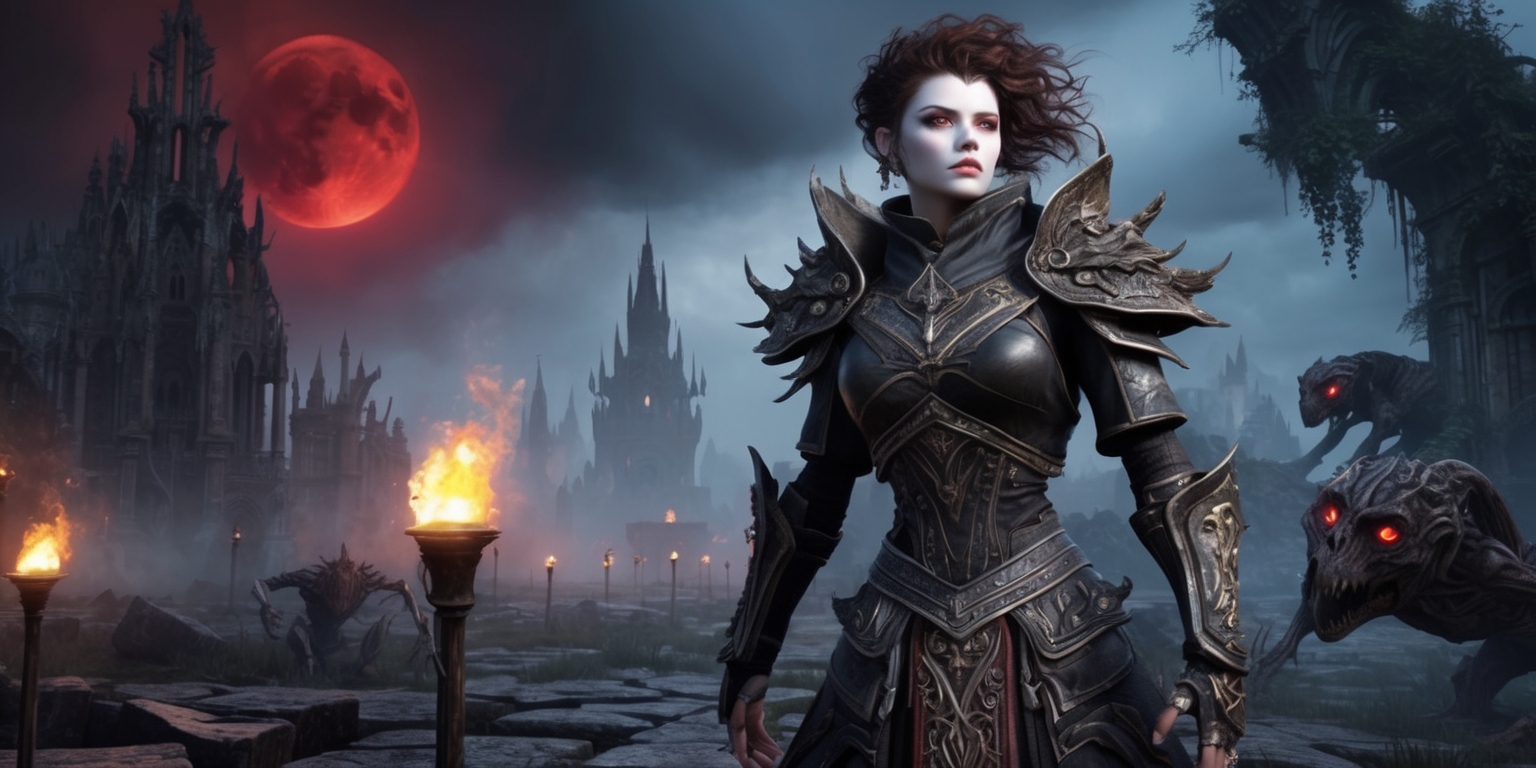
As a player diving into the immersive world of Path of Exile 2 on PC, the crucial aspect of optimizing your gameplay experience hinges on adjusting the settings tailored to your specific hardware and personal preferences. The customization options available in the settings menu allow for an extensive array of adjustments — from graphics to input devices, making certain that each participant can discover their ideal balance. This guide delves into the best practices for configuring Path of Exile 2 to achieve optimal performance, longevity, and enjoyment, so you can hit the ground running in this expansive ARPG universe.
Understanding the Graphics Settings
The first step in personalizing your Path of Exile 2 experience is familiarizing yourself with its graphics settings. Recognizing your PC's capabilities, including its CPU and GPU, is paramount for determining appropriate configurations that maximally enhance performance without sacrificing visual fidelity.
Choosing Your Renderer
Selecting the right renderer is crucial for optimizing performance. Path of Exile 2 supports DirectX12, where most players find satisfactory performance. For those experiencing frame rate issues, experimenting with the Vulkan renderer may yield better results, so it’s worth trying both options to find the best fit for your setup.
Display Settings That Matter
When setting up displays, ensure you select your primary monitor to harness its full potential. Opt to maximize your in-game immersion by choosing fullscreen mode for a more engaging experience. Disabling Vsync can also improve frame rates, allowing for smoother gameplay.
Dynamic Resolution and Window Resolution

Turning off dynamic resolution is often advisable, as it can cause fluctuations in visual quality. Instead, set your window resolution to your monitor's highest native resolution, typically 1920x1080, for the sharpest visuals during exploration and battle.
Upscaling Techniques for Performance
Your upscale mode can dramatically influence performance based on your equipment. If you are utilizing an AMD GPU, FSR upscaling can significantly boost frame rates, while Nvidia users may find DLSS to be highly beneficial. For players not facing frame rate struggles, opting for “No Upscaling” can help maintain the game's visual integrity.
Configuring Render and Sharpness Settings
Your render resolution will depend heavily on your upscale mode. Adjusting sharpness between 15-30% can enhance the game's crispness, ensuring visuals remain engaging without compromising performance.
Brightness and Texture Quality Adjustments
Modifying the brightness settings can help improve clarity in darker environments. Scene brightness can be adjusted to -0.1, while UI brightness can remain neutral at +0.0. The texture quality plays a vital role in visual detail; aim for high-quality textures unless performance issues necessitate lowering this value.
Fine-Tuning Lighting and Effects
Setting your lighting options is equally important for achieving the desired aesthetic quality. Opt for shadows only and lower shadow quality settings if necessary to maintain frame rates. Lowering the number of lights can also help maintain fluid gameplay while experiencing the stunning environments of Path of Exile 2.
Water Detail and Visual Effects
Water detail level can be set to high for engaging and realistic visuals, while bloom effects can enhance overall lighting. Many players find a bloom percentage of around 25% strikes a good balance between visual appeal and performance.
Performance Optimization with Nvidia Reflex
For Nvidia users, turning on Nvidia Reflex, along with using the boost feature, can significantly reduce input latency, resulting in a more responsive gameplay experience. This is especially beneficial during intense combat scenarios.
Playback Enhancements with Multithreading
Enabling engine multithreading can effectively utilize your CPU's capabilities, improving performance during substantial battles by distributing processes more evenly across multiple threads.
Adapting Graphics Based on Frame Rate
If your system has difficulty sustaining a consistent frame rate, consider lowering texture quality and texture filtering. While this may diminish visual fidelity temporarily, it can be a crucial adjustment to enhance performance and overall gameplay experience.
Exploring Input Device Settings
Beyond graphics, the input device settings play a vital role in gameplay comfort and usability. Path of Exile 2 supports three primary input methods: keyboard and mouse, WASD controls, or controller support.
Opting for Keyboard and Mouse
The keyboard and mouse setup allows for maximum precision while navigating the expansive world, with your character moving through clicks and holds on the mouse. Assigning abilities to keyboard keys offers seamless and accurate control options that many ARPG enthusiasts favor.
Utilizing WASD for Familiar Movement
The WASD configuration provides an alternative movement style familiar to players of traditional RPGs and shooters. Although unconventional in an ARPG setting, it allows for skill execution primarily through mouse movements, catering to those who prefer this method of navigation.
Embracing Controller Capabilities
Controllers can enhance the gameplay experience for players who prefer a more tactile approach. Path of Exile 2 supports various controller types, including DualShock, DualSense, and Xbox variants. The unique HUD for controller inputs and customizable keybindings make this option not only viable but engaging.
Finding Your Comfort Zone
Ultimately, the choice among different input methods hinges on personal comfort and gameplay style. If you are most experienced with keyboard and mouse controls, they provide a streamlined and efficient approach, while other configurations allow flexibility for differing preferences. Consider testing each input style to find what feels best for your unique gameplay experience.
Optimizing your Path of Exile 2 experience on PC requires both careful consideration of hardware capabilities and an understanding of the tailored settings available. From graphics configurations to input customization, each element contributes to a richer, more immersive game. As you tailor your experience to fit both your equipment and preferences, you can fully engage in the exhilarating realm of Path of Exile 2, exploring vast landscapes and battling formidable foes with your ideal setup.